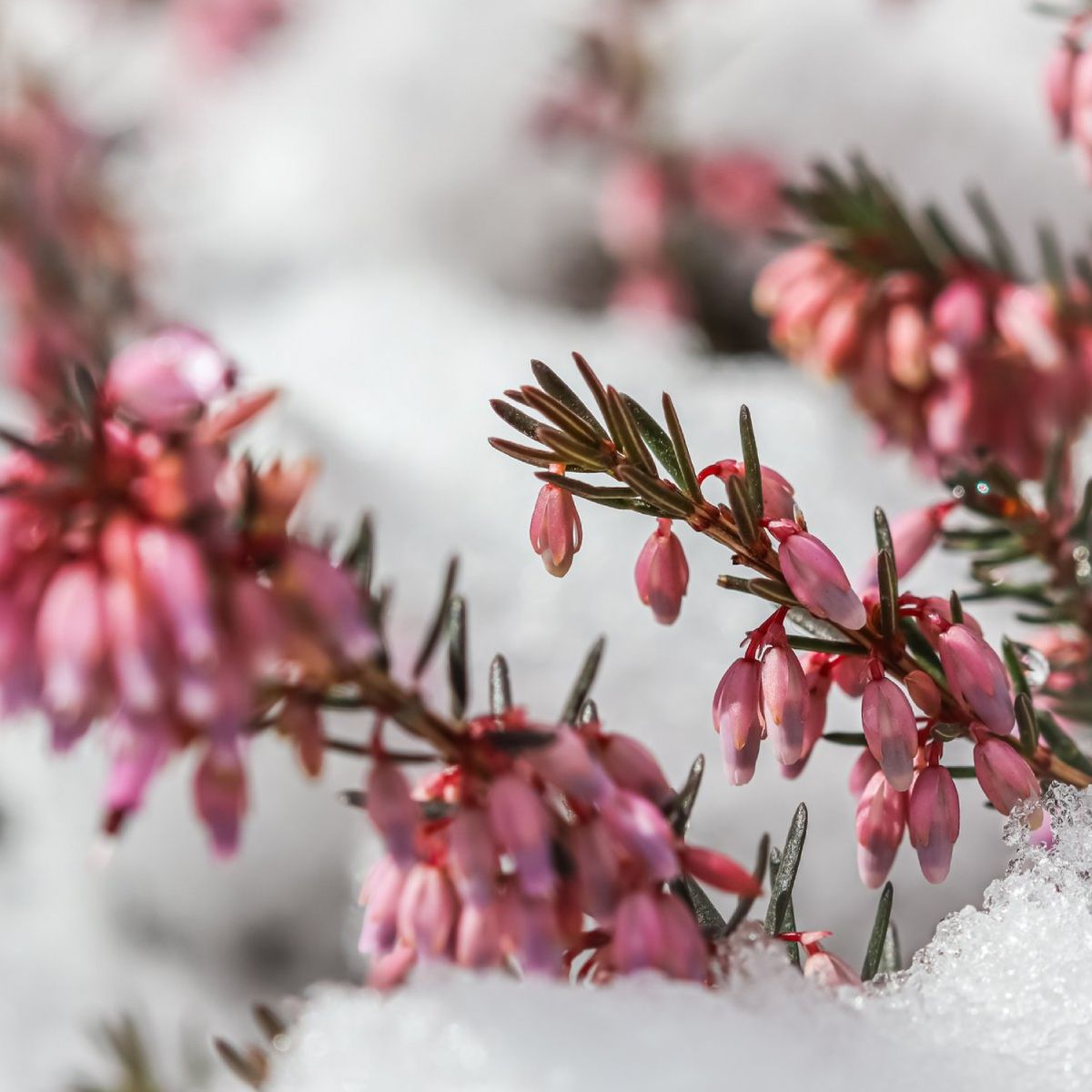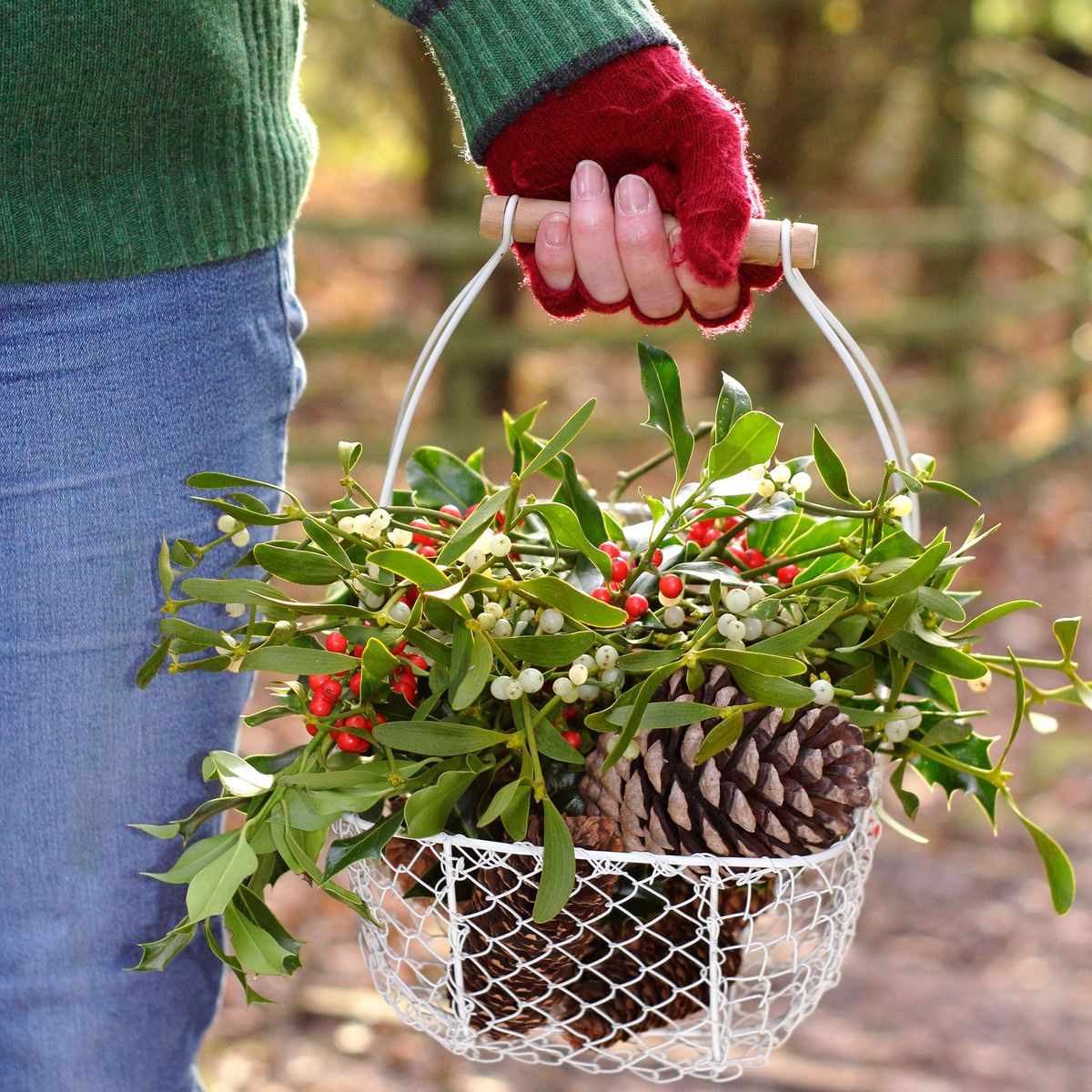
Article content
If you take a moment to think about all the vegetables growing in our food gardens year-round, only one consistently performs in spring, summer, fall and winter. Kale is one of the most ancient of all vegetables, dating back to 4000 BC in China’s central Shanxi province, and in terms of nutrition, it is still one of today’s most beneficial plants.
Advertisement
This advertisement has not loaded yet, but your article continues below.
Article content
Sharon Hanna has written a book titled, The Book of Kale, The Easy-to-Grow Superfood. In it, Hanna recounts some great historical information on how kale was a life-saving food in so many countries, especially during severe cold winters and periods of food shortages. She also points out that during the Second World War, every household in Britain was encouraged to grow kale as an important supplement during times of food rationing.
Hanna also explains why this superfood scored 1,000 out of 1,000 on the Aggregate Nutrient Density Index, a system of measuring based on the equation that health value equals nutrients delivered per calorie consumed. From provitamin-A compounds, such as beta-carotene, to vitamins A, C and K, as well as calcium, manganese, iron, potassium and phosphorus, few other foods contain the vitamins and nutrients available in kale. Kale is also loaded with carotenoids, quercetin, lutein, zeaxanthin, sulforaphane, indole-3-carbinol and chlorophyll — all of which help our body’s immune systems fight diseases.
Advertisement
This advertisement has not loaded yet, but your article continues below.
Article content
There are many varieties of kale that have become mainstay food crops, especially among our younger generations. As our food gardens begin to wind down in autumn, kale has always proven to be the champion of winter produce. Hardier varieties, like the Bor series and Russian kale, will survive even our toughest winters, while other winter crops may not.
As we get into late September, the time for planting kale out in the garden is really at an end, unless you have bigger, somewhat established plants in six-inch or one-gallon sized pots. All leafy winter vegetables need to be a reasonably good size to withstand our cold spells. They also need more hours of sunshine and warmer temperatures to size up.
Traditional leafy winter veggies will soon go into a holding pattern, during which time they toughen up in the cool night temperatures. Depending on where you live, at the end of February or March, when daytime temperatures reach about 10 degrees C, they will begin their maturing process. Although kale is harvestable and usable year-round, the best flavours seem to develop after a little touch of frost.
Advertisement
This advertisement has not loaded yet, but your article continues below.
Article content
If you have established kale already in your garden, harvest the bottom leaves first. The stems will keep producing new growth on top until the weather turns quite cold. Most varieties will make it through the winter, especially if they are given a little protection from cold wind chills. In late winter, many varieties will begin to recycle themselves by producing flower buds. Unless you want to save them for seed or for the pollinators to enjoy, these buds are quite edible, having a flavour similar to broccoli. Many kale varieties are open pollinated, meaning your saved seed will stay true to the parent variety.
Traditionally, most kale has been planted later in spring for late summer, fall and winter harvests. Years ago, I had the chance to visit a military base in Chicago that was noted for its unique gardens. Being mid-summer, it was very hot and humid, and I was blown away by the two-metre tall Red Bor kale that was blended in with tall annuals and perennials. It had not bolted in the intense heat, but instead it looked quite fabulous. Ever since, we have been growing the Bor family of kale for use in both our edible and ornamental gardens. Red Bor, Scarlet Bor, Winter Bor and Darki Bor are some of my favourite kale varieties because of their hardiness and their charming displays all winter long in our food garden.
Advertisement
This advertisement has not loaded yet, but your article continues below.
Article content

Other kale varieties that are more well known are also very winter hardy. The Savoy leaf varieties, such as Black Magic and Lacinato, are often called dinosaur kales because, allegedly, they are descendants of the prehistoric kale upon which dinosaurs nibbled. They, too, are open pollinated, and both are great ornamentals and edibles. Open pollinated Dwarf Blue Curled Scotch and Vates Blue kale are very curly, extremely hardy and best known for their excellent flavour.
Speaking of ornamentals, now is the best time to plant stunning ornamental kales for some knockout fall colour. Many of these varieties were bred in Japan. Back when I conducted a tour to Japan in early fall, they led the world in displays of ornamental kale. If you’ve never used them before in your fall and winter colour containers and garden, give them a try. They, too, are very hardy but will need some protection in severe cold (below -10 degrees C). Coming in red, pink or white, and in ruffled or smooth leafed varieties, they look stunning.
Advertisement
This advertisement has not loaded yet, but your article continues below.
Article content
Depending on when they are started from seed, larger ornamental kales can be purchased in six- or eight-inch pots or quite small and versatile ones in four-inch pots. All sizes play nicely with other autumn colour plants, like winter pansies, fall mums, ornamental grasses and heucheras.

Some unique ornamental varieties to look for are Osaka Cabbage, Pigeon, Songbird and Nagoya. Peacock and Kamome kale are nicely feathered, and one of my favourites, Glamour Red, is a very waxy, shiny kale with a fringed red centre.
Some of today’s new hot cut “flowers” are the tall flowering kales that colour up nicely in cool night temperatures and look great in fall and winter cut bouquets. The Crane series is fun to grow for creating your own fresh floral home decor.
Kale not only provides nutritious food almost year-round, but ornamental varieties are also now taking their place in fall colour displays and beautiful cut flower arrangements. It’s not hard to see why they deserve a more prominent location in our homes and gardens.













